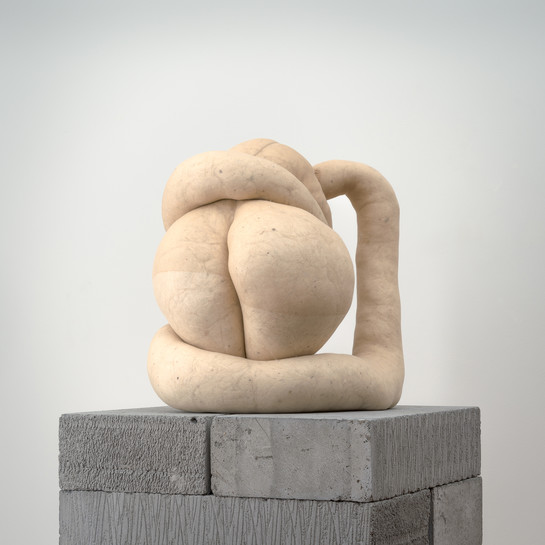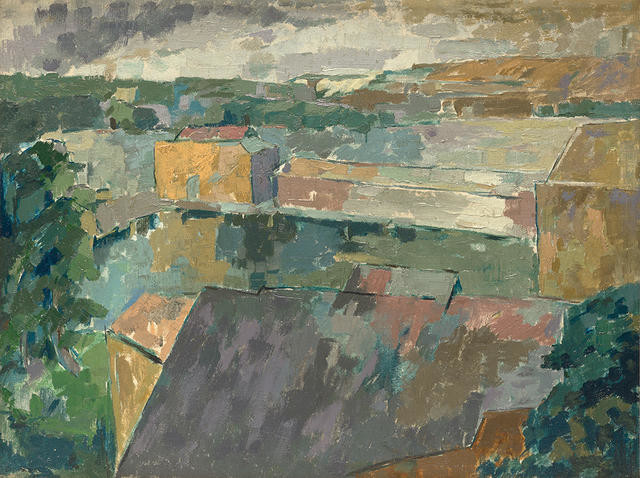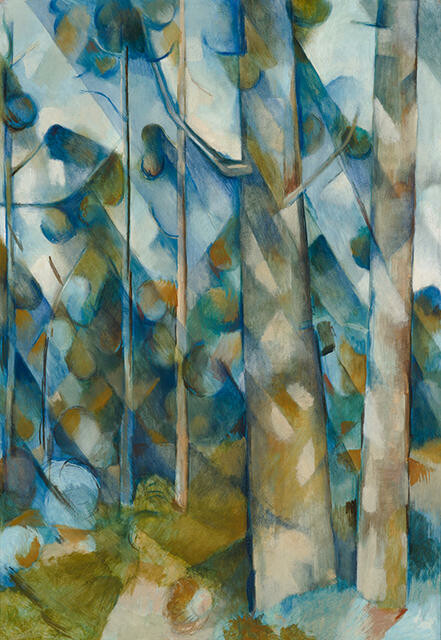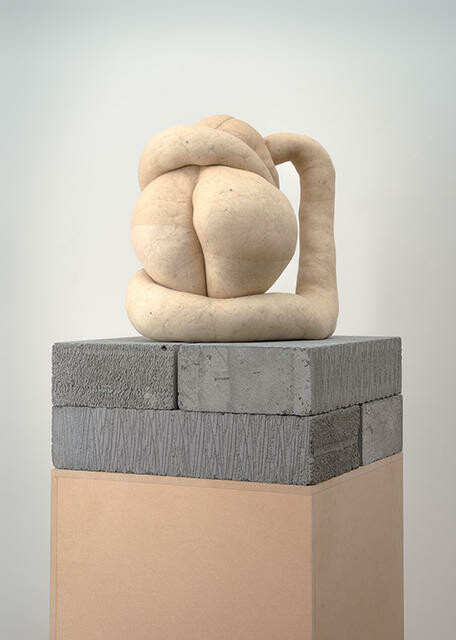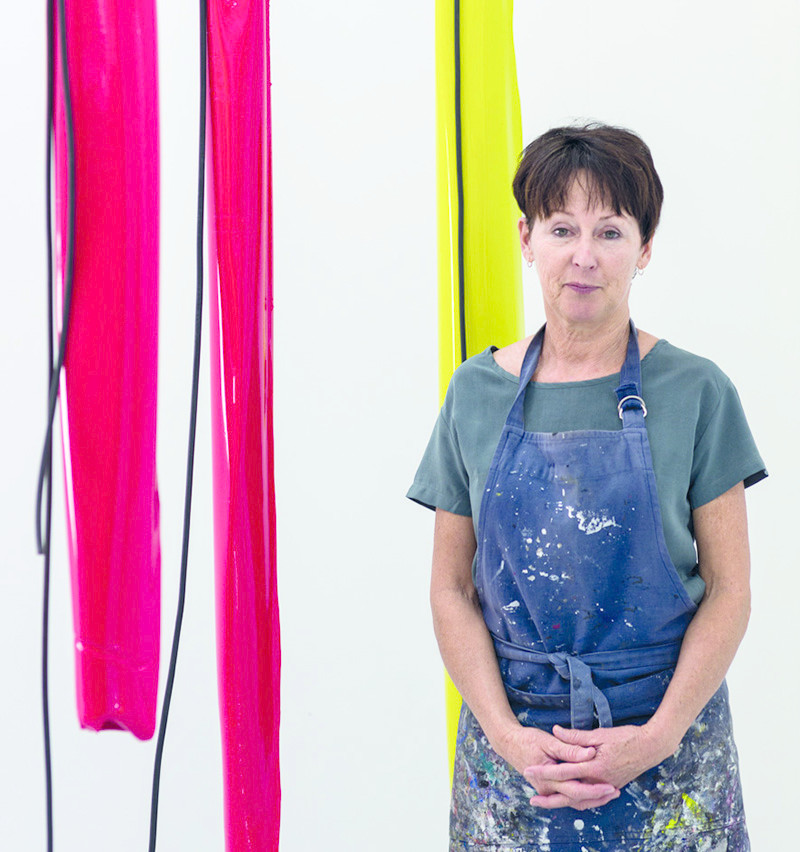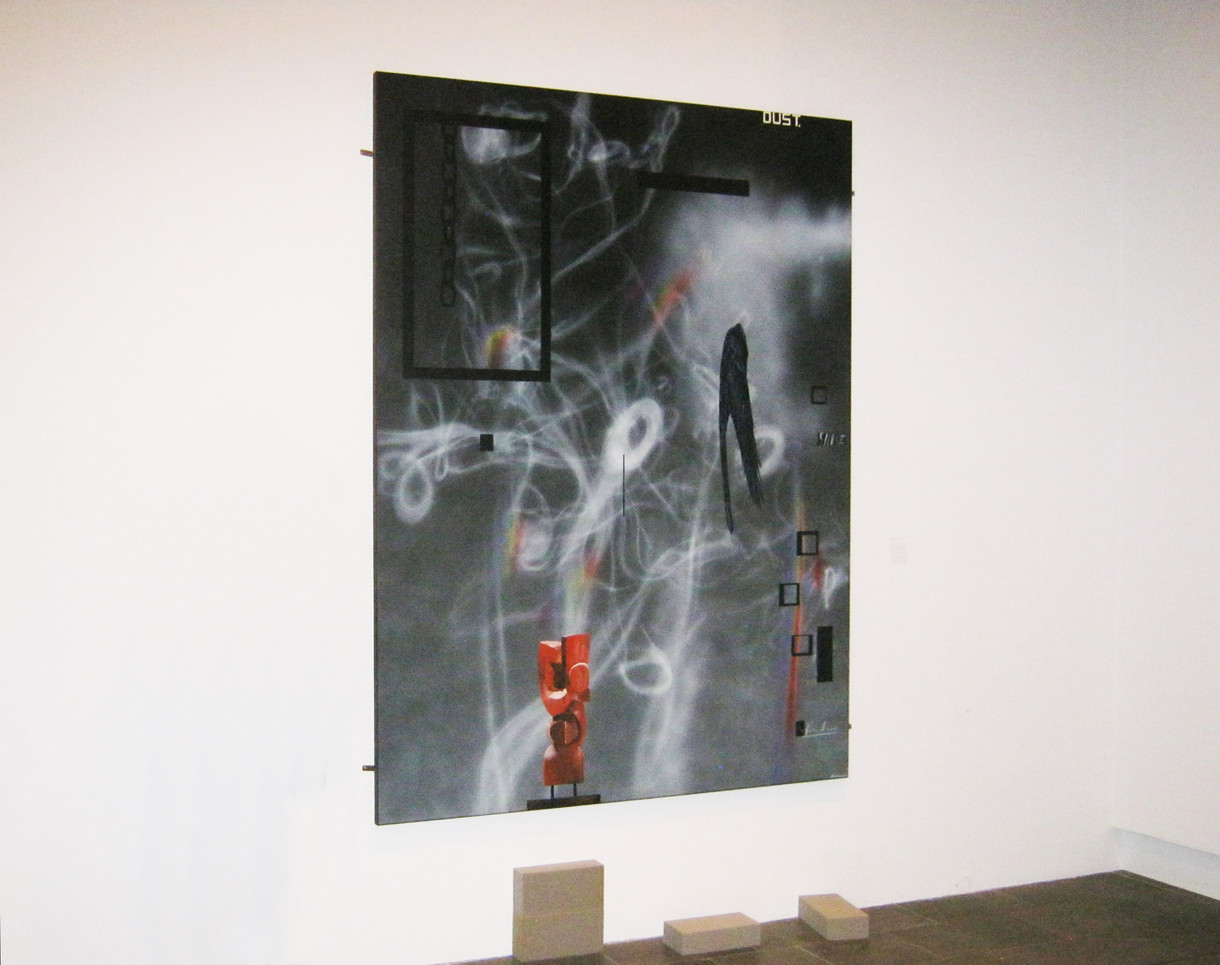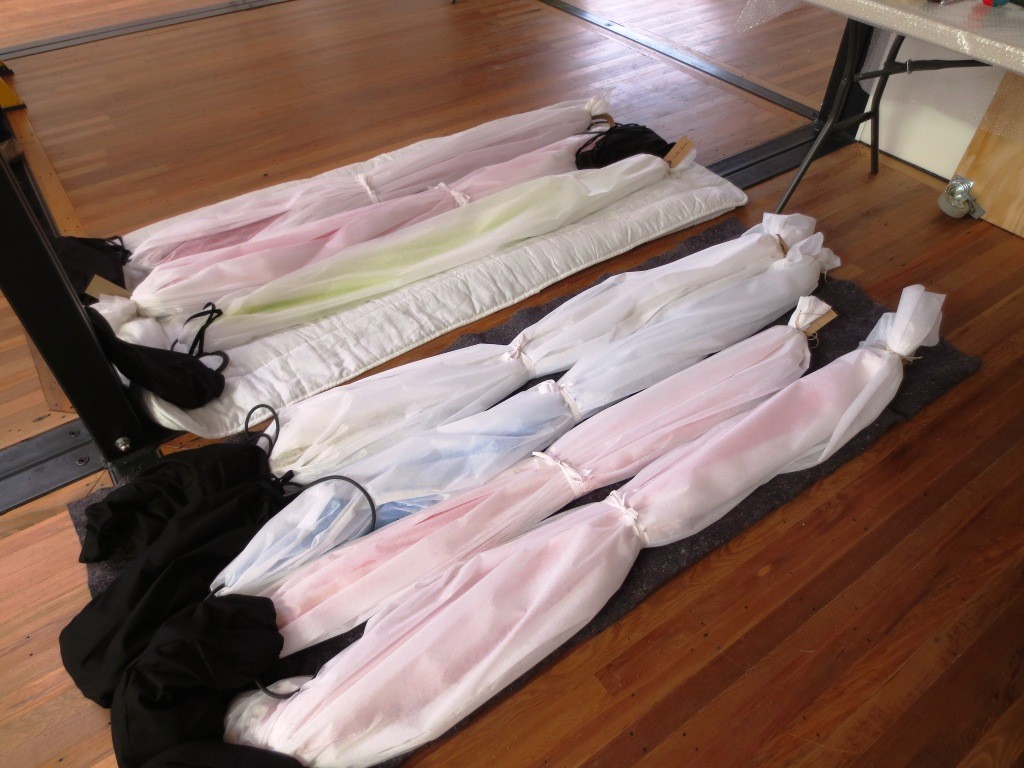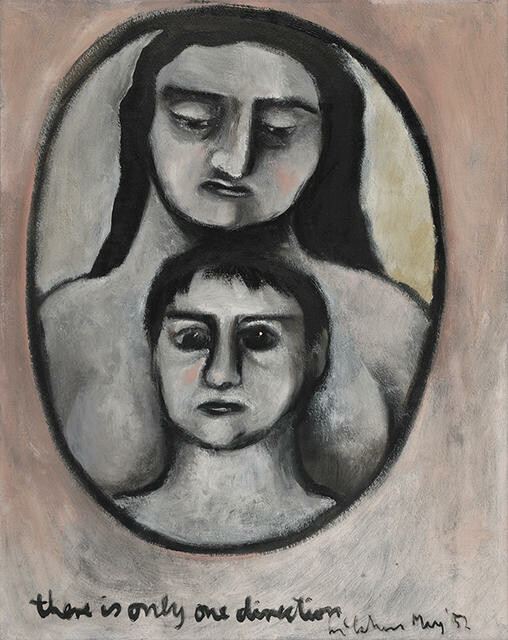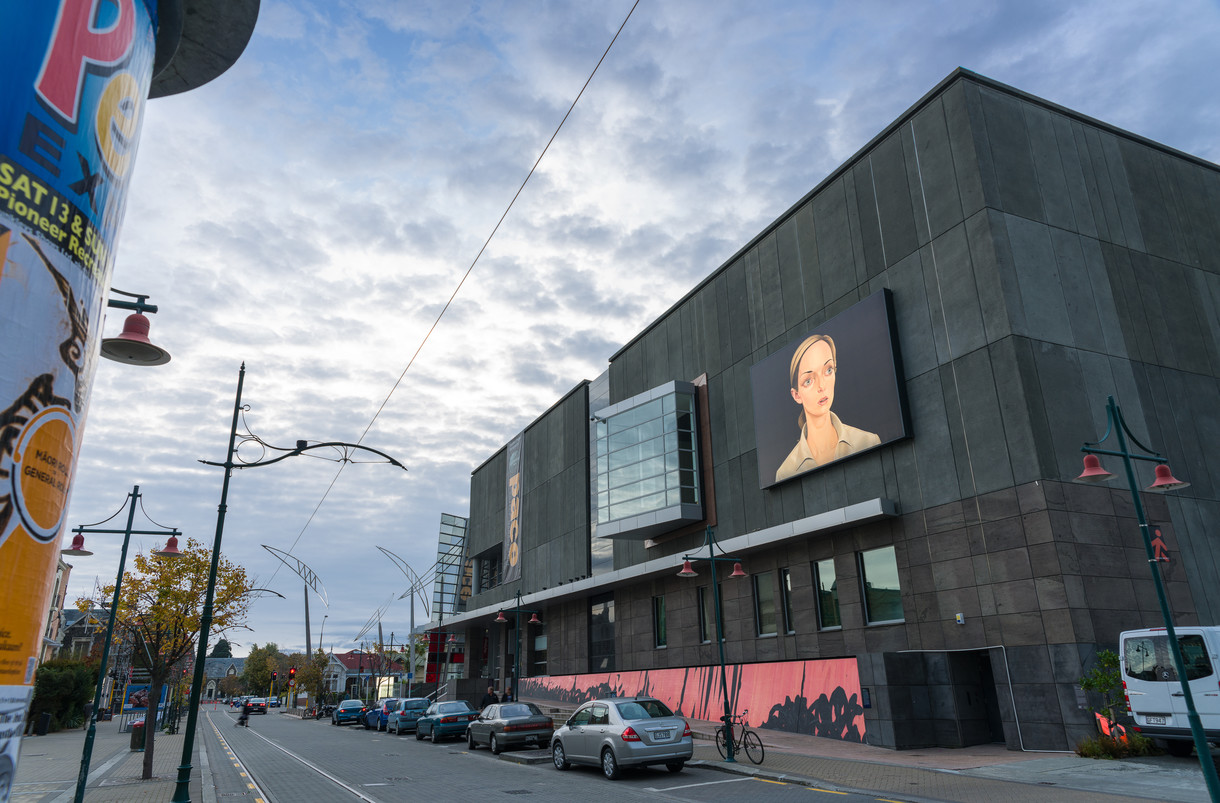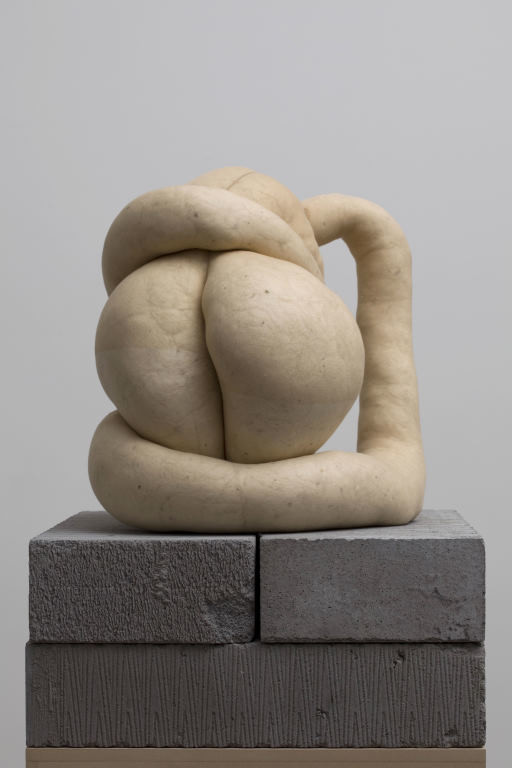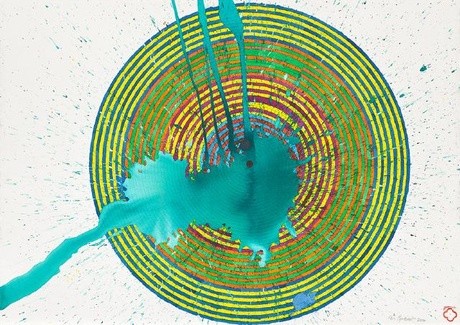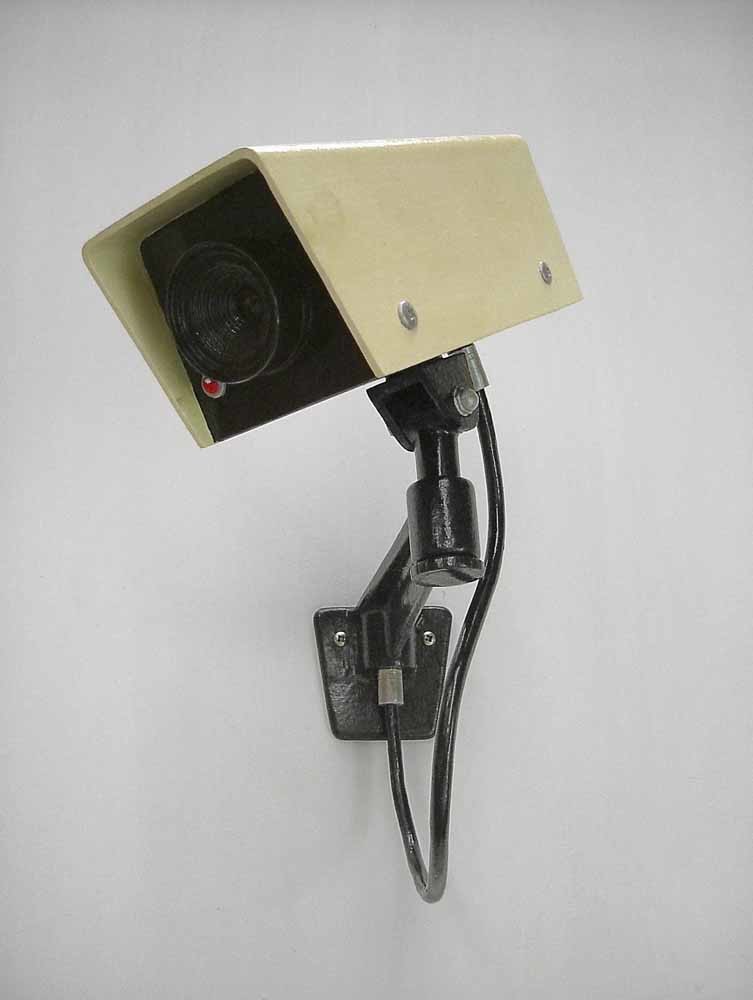Don Peebles
Aotearoa New Zealand, b.1922, d.2010
Sydney Harbour
- 1953
- Oil on canvas
- Gift of Prue Peebles and family, 2010
- 533 x 660mm
- 2010/035
Tags: buildings (structures), harbors, landscapes (representations), urban landscapes
Don Peebles travelled to Sydney in 1950, in search of a more modern art training than was available to him in Wellington. (‘Nothing much was going on in Wellington other than us being taught to draw a foot that looked like a foot,’) he said. His teacher John Passmore (1904–1984) introduced his students to early twentieth-century European modernism: Bonnard and Picasso, Cézanne and cubism. ‘That was modernism to me. That was the latest thing as far as I knew in those days.’ Passmore also encouraged his students to paint around the waterfront, a regular subject for his own work in the early 1950s. Sydney Harbour reveals Peebles moving towards the abstraction that would characterise his mature work, but not yet completely there (he made his first completely abstract work a few years later in London). A Cézanne-esque concern for planes, facets and the structure of forms is evident, even while buildings, water and distant hills remain visible.
(March 2016)
Exhibition History
Unseen: The Changing Collection, 18 December 2015 – 19 June 2016
In 1951, Don Peebles took leave from his Wellington Post Office job and headed to Sydney to undertake full-time study at the Julian Ashton School of Art under the painter John Passmore, returning to New Zealand in 1953. This shift provided an opportunity for the young painter to connect with early European Modernism – and particularly the work of Paul Cézanne. Later, Peebles described his realisation of the importance of structure:
It wasn’t simply a matter of copying the thing in front of you. We had a multitudinous array of information in front of us as we looked at nature, or looked at a model – we had to select, to build our own structures through colour, form and scale. […] My job is to recognise the information that bombards us – my job is to find those things, and find the inner harmony within them.
